Farmers in Dak Lak province are harvesting lychees for the 2023-2024 crop year. Thanks to the advantage of ripening about 1 month earlier than lychees in the northern provinces, Dak Lak farmers have many advantages in consuming their products.
This year, lychee prices have increased, helping farmers increase their income. This is also a crop that brings many prospects and is effective in restructuring the agricultural sector, contributing to hunger eradication and poverty reduction.

Farmers in Ea Sar commune (Ea Kar, Dak Lak) harvest lychee. Photo: Hoai Thu – VNA
Lychee - the tree that eliminates hunger and reduces poverty
Lychee trees have been with farmers for about 20 years. Lychee is a drought-resistant tree, easily adapting to the unfavorable environmental conditions of the dry season in the Central Highlands.
Farmers in many arid, sandy soil areas in localities in the province such as Ea Kar, M'Drak, Krong Nang, Krong Bong... have switched to growing lychee for many years now and have achieved high economic efficiency.
The family of Ms. Ho Thi Thao, Ea Sar commune, Ea Kar district, has been growing 6 hectares of lychee for about 13 years. This year, her family harvested 30 tons of lychee, with prices ranging from 45,000 - 65,000 VND/kg, helping the family have a stable life.
Not only that, during the lychee harvest season, Mrs. Thao's family also creates jobs for local people, with 20 workers/day, the rental price is 40,000 VND/hour/worker.
According to Ms. Thao, growing lychee trees does not require much care, but brings high economic efficiency. The output of lychee trees is stable, so the family focuses on growing and caring for them according to VietGAP standards to facilitate product export.

Local workers in Ea Sar commune (Ea Kar, Dak Lak) earn extra income during the lychee harvest season. Photo: Hoai Thu – VNA
Sharing the same view on the effectiveness of lychee, Ms. Nguyen Thi Ngoc Linh (Ea Kpam commune, Cu M'Gar district) said that her family intercropped more than 1 hectare of lychee. This year, the lychee crop failed but the price increased, so her family still made a profit.
Ms. Linh shared that compared to many other crops such as coffee and durian, lychee trees are not difficult to care for, and with a selling price of 20,000 - 30,000 VND/kg, farmers can make a profit. Therefore, her family plans to expand the area by 2 hectares to grow lychee intercropped with longan trees to increase income.
This year, most lychee gardens in Dak Lak province suffered crop failures, with output down 30-50% compared to last year due to prolonged drought.
However, lychee prices are purchased by traders at 45,000 - 60,000 VND/kg, nearly double the price of the 2022 - 2023 harvest, so lychee growers still have high income.
Mr. Nguyen Van Binh, Director of Thanh Binh Agricultural Service Cooperative, Ea Kar district, said that the cooperative was established in 2021, has 16 official members and is associated with 50 lychee growing households.
Favored by nature, Ea Kar land is suitable for growing lychee, with quality and appearance meeting standards. After deducting expenses, lychee trees bring in a profit of about 300 million VND/ha, bringing high economic efficiency to cooperative members and farmers.
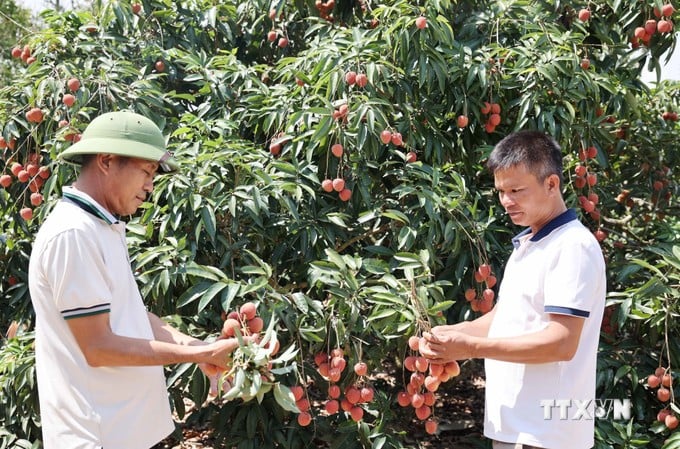
Dak Lak farmers harvest lychee in the 2023-2024 crop year. Photo: Hoai Thu - VNA
From the advantages and potential of lychee, many areas that often suffer from water shortages, drought, bare land, and bare hills in Dak Lak province have converted their planting structure to grow this type of tree.
Many localities have also identified lychee as one of the key crops for hunger eradication and poverty reduction, thereby having plans and solutions for sustainable development.
Lychee meets export standards
Dak Lak province currently has about 3,075 hectares of lychee; of which, the harvested area is 1,687 hectares, with an average output of about 17,357 tons.
The domestic consumption market is mainly in the southern provinces and cities such as Ho Chi Minh City, Can Tho, Dong Nai, Binh Duong... Dak Lak's lychee products have also been officially exported to some markets such as Japan and China, however the export quantity is still small.
Lychee in Dak Lak has a sweet taste, large fruit, ripens early, so the purchase price is high, the output is stable. During the process of growing lychee, farmers have worked hard to learn, apply science and technology to production, creating typical local models.

Dak Lak lychees ripen about 1 month earlier than lychees in the northern provinces. Photo: Hoai Thu - VNA
However, in developing lychee trees, the province faces some difficulties such as: Slow growth rate, small scale, not planned to develop into large specialized areas; lychee trees need water during the flowering and fruiting period, which falls in the dry season of the Central Highlands, if there is a lack of water, it will affect productivity and quality.
On the other hand, although lychee has been officially exported, there are only 13 lychee growing area codes established in the two districts of Krong Nang and Ea Kar, with a total area of nearly 157 hectares.
According to the Head of the Department of Agriculture and Rural Development of Ea Kar district, Vo Dang Vu, the district currently has more than 1,023 hectares of lychee, with 1 cooperative specializing in producing and supplying 45,000 seedlings/year; 1 cooperative and 2 cooperative groups specializing in lychee production. Despite the great potential, the district has only established 4 growing area codes for 48.5 hectares of lychee; 103 hectares are produced according to VietGAP standards.
Mr. Vo Dang Vu emphasized that lychee products are mainly exported raw. Therefore, in the coming time, the district will call for investment, build factories, focus on preliminary processing, and deep processing of lychee products. The district proposed that the province support the development of growing area codes to serve exports.
At the same time, the district is orienting to build the One Commune One Product (OCOP) Program in Ea So and Ea Sar communes associated with lychee trees for sustainable development. In the near future, Ea Kar district strives to have the first official lychee export container of the province.

Farmers in Dak Lak province harvest lychee in the 2023-2024 crop year. Photo: Hoai Thu - VNA
In recent times, the agricultural sector of Dak Lak province and other localities have organized many conferences and seminars to promote, advertise and consume early-ripening lychees; connect and support businesses to cooperate with cooperatives, cooperative groups and producers.
According to Nguyen Hac Hien, Head of the Department of Cultivation and Plant Protection of Dak Lak province, lychee is a crop with many advantages and potential, helping farmers diversify their income on the same unit area.
The agricultural sector and localities are promoting brand building, concentrated production, reviewing suitable areas to develop lychee trees in a systematic and planned manner, applying high technology to production, creating certified products.
At the same time, focus on establishing cooperatives and lychee growing groups to develop large quantities, ensuring export quality; promote the issuance of growing area codes to trace the origin, meet export requirements to promote the advantage of early-ripening lychees in the locality.
The Dak Lak provincial agricultural sector also recommends that people be cautious when expanding new planting areas, not investing in inefficient areas but focusing on intensive cultivation of gardens with stable productivity.
Source: https://danviet.vn/vai-thieu-cay-dac-san-trong-o-dak-lak-cay-thap-te-da-ra-trai-qua-troi-gia-qua-ngon-ban-gap-doi-20240522192139167.htm



![[Photo] National Assembly Chairman Tran Thanh Man meets with Thai Prime Minister Paetongtarn Shinawatra](https://vphoto.vietnam.vn/thumb/1200x675/vietnam/resource/IMAGE/2025/5/15/e71160b1572a457395f2816d84a18b45)

![[Photo] Prime Ministers of Vietnam and Thailand visit the Exhibition of traditional handicraft products](https://vphoto.vietnam.vn/thumb/1200x675/vietnam/resource/IMAGE/2025/5/15/6cfcd1c23b3e4a238b7fcf93c91a65dd)
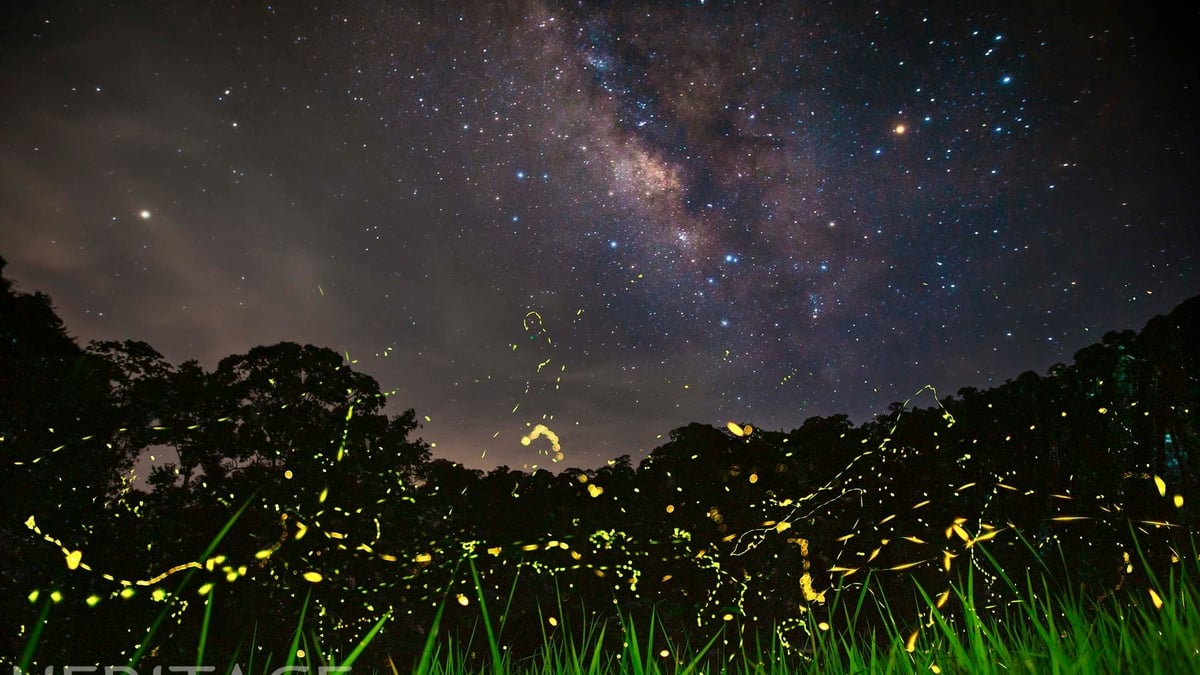
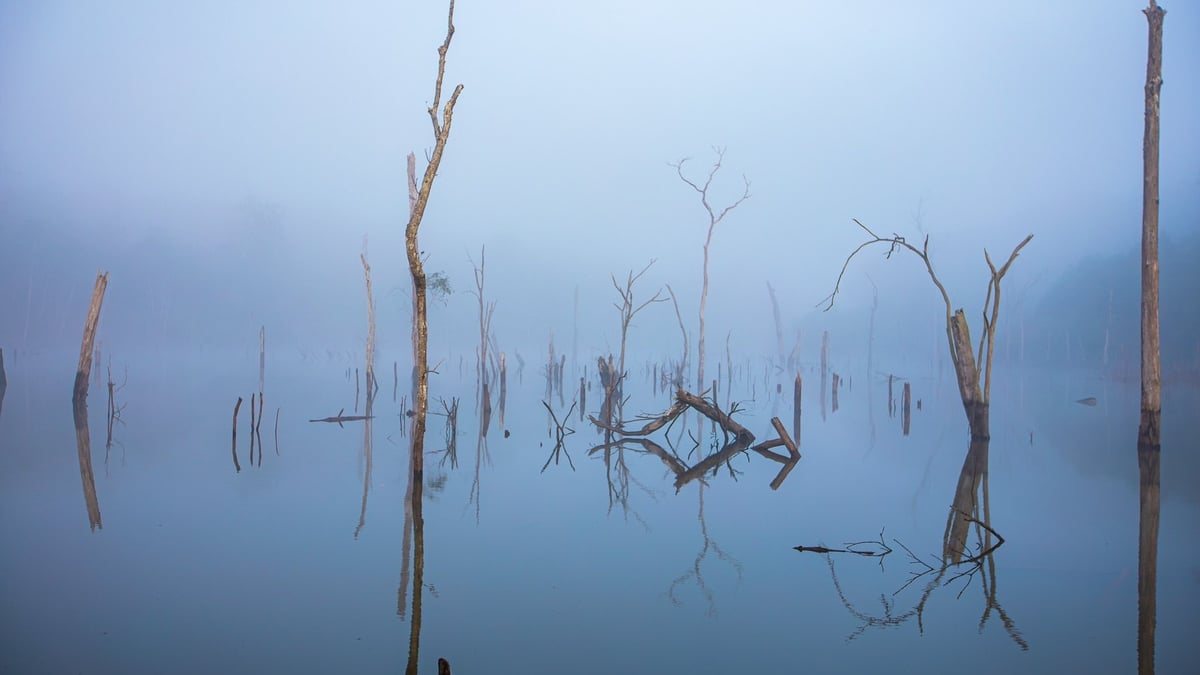


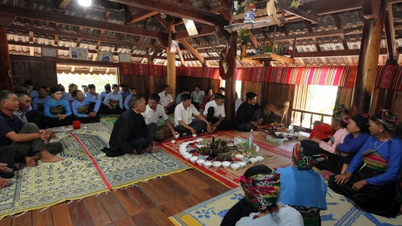









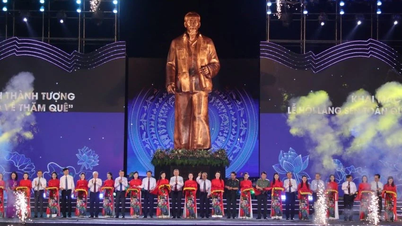















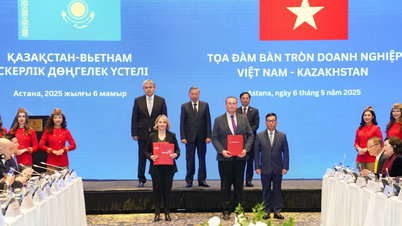



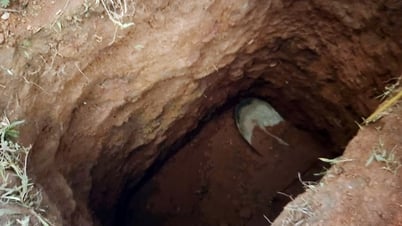
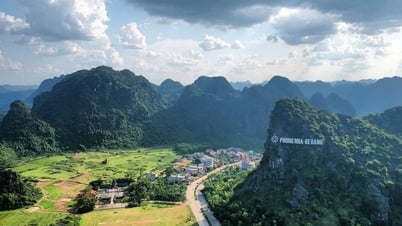



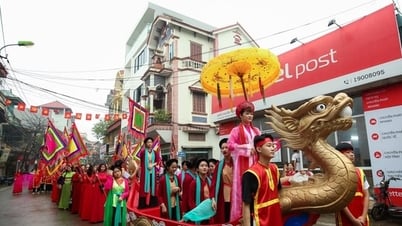



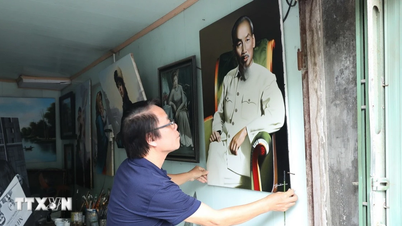














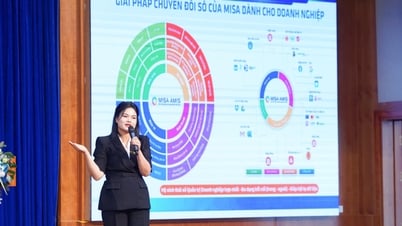



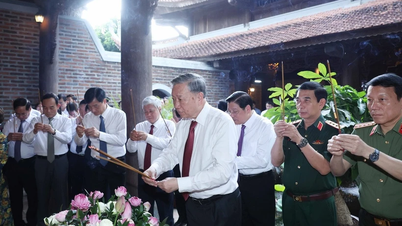
















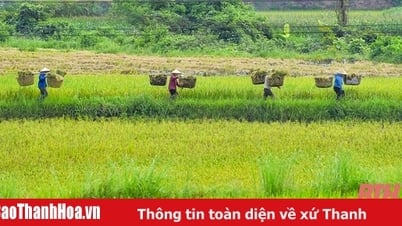

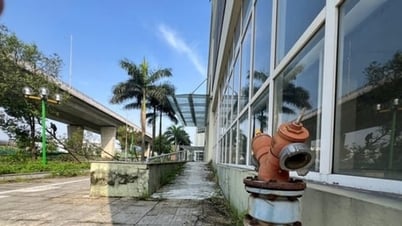
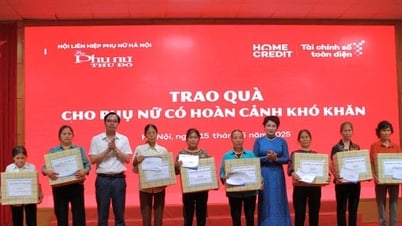



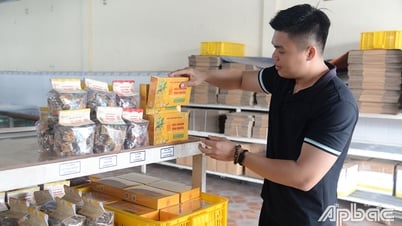

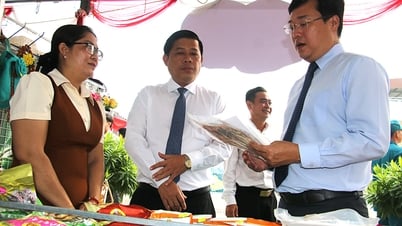


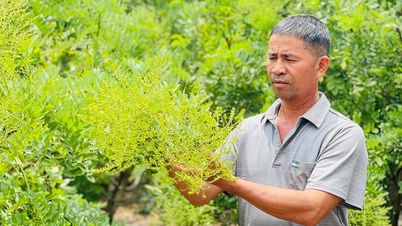
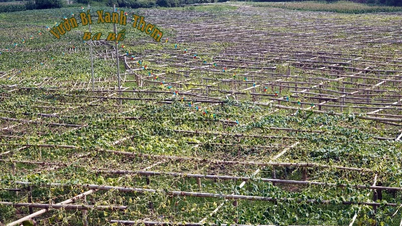
Comment (0)